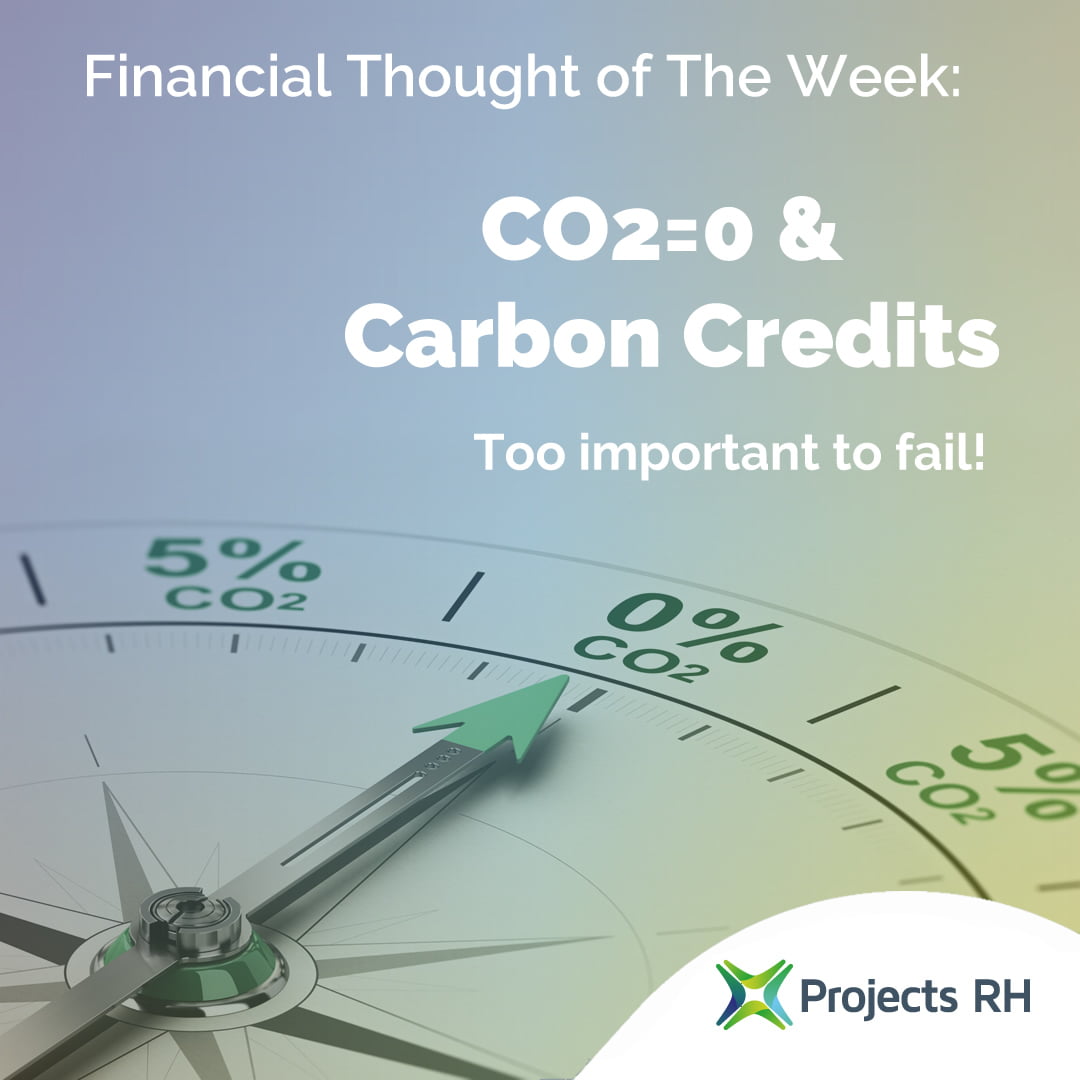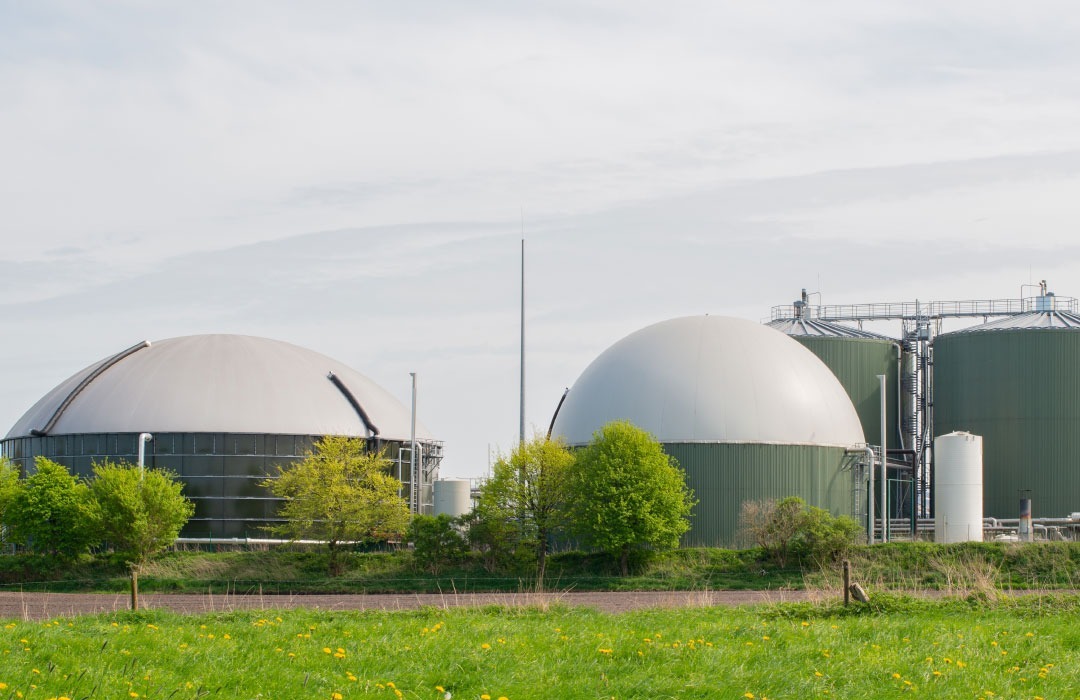The CO2 science
The long debate over the validity of the sciences will be relegated to history in the not-too-distant future. Decarbonization of the global economy is a massive stimulus to growth in certain sectors. This growth is backed by new technology and large investments. Australia, like Colombia and Viet Nam is both a loser and a winner. Internationally, there has been a change in mindset which has seen corporate investment, management performance and purchasing influenced by corporate attitudes and practices with respect to the environment. ESG has returned a social license to business operations, and this will not disappear.
The critical measurable in all this debate has focused on one single line item: our CO2 footprint. Organizations, nations, and individuals are measuring this and buying carbon credits or offsets to reduce their net footprint.
From radicals to visionaries
Some 30 or perhaps 40 years ago what we considered “green radicals” called on their governments around the world to have their nations take care of the environment and reduce emissions.
Their calls came for the preservation of wilderness, the reduction of use of fossil fuels and the contamination of water and air. Today, leaders are seen not as anti-establishment but as visionaries. In the case of Australia, Dr. Bob Brown, a medical practitioner, found himself elected to the national parliament and upon his retirement, has returned to his true calling of protecting the wilderness.
In the last 15 years, the cry for protection of the environment has resulted in much legislation. In Australia we have seen the parliaments legislate and the courts grant the opportunity for interest groups to intervene in development approvals with the aim of protecting the environment. At the end of 2022, a major oil development at sea and approximate to the city of Darwin was delayed because the environmental consultation process with indigenous people was found to be flawed. The Office of the Environmental Protection Authority is also active. There are like bodies in most countries and increasing bodies representing indigenous peoples.
In the case of water emission, standards have been set and are rigorously enforced with companies such as Waterwerx providing a mix of machine learning and artificial intelligence to ensure that water use in processing and return to the environment meets the required standards.
Globally, for some reason, the same approach was not taken for emissions made into the air; they have been monitored as countries taxed. Despite clear evidence that air pollution contains more than CO2 and includes methane and sulphur (the cause of acid rain particularly noticeable for its impact on the so-called Black Forest near Essen in Germany), global focus and regulatory results have been directed at CO2.
Managing CO2
There have been several different approaches to managing CO2: the first is prohibition and the second is taxation. Despite noisy political support, prohibition would have been economically disastrous and did not achieve sufficient political support. Taxing CO2 emissions of itself did not change business practices that simply increase costs paid by consumers. It is not rectifying the issue. It is hoped over time and with the increasing cost of carbon credits, that the market will cause things to change.
Globally what has proved to be socially and economically acceptable has been the creation of carbon offsets and saleable carbon credits.
Carbon offsets generally occur where a large organization continues to meet CO2 and engages in another business unit which generates a carbon offset. For example, an oil refining company that also enters the forestry business and claims to use the carbon sequestrated into the timber to offset the CO2 emitted into the environment. This forestry business cannot sell its carbon credits as this would be double counting.
The alternative is that the same oil refinery buys certified carbon credits from a third party who sells carbon credits generated from a registered project. Effectively, this oil refinery is not paying tax to the government but is incurring a cost for its carbon credits. Done well, their investment into VNCC can also provide marketing / brand management opportunities.
Carbon Neutral 2035, 2050 ready, set, go!
COP 26 held in Glasgow from 31 October to 13 November 2021 represented the global acceptance of the change in how advanced economies would behave. The advanced economies pledged to work towards net zero emissions by 2050 with substantive productions delivered by 2035. There is now substantial global pressure amongst the advanced economic community to see their brethren implement what has been agreed.
There is recognition globally that what has been agreed to does not come without cost but if all countries pay for their carbon emissions in a like price, then there should be no change in the economic order. Whilst this is a nice theory, and may not be true in practice, it does not matter as we all signed up to it. The EU has implemented tariffs for those who do not export to Europe from like production cost regimes, that is, people with similar approach to CO2.
These measures have now been adopted by the international accounting reporting bodies such that companies must report on what are called scope one, scope two to a scope three emissions (see below). Given these reports are delivered to national regulators and international financial markets, and are audited, we believe that they will need to meet international standards and are clearly no longer optional.
Realistically, large, and small public and private organizations do not want to have to report they are not doing their bit to ensure they are moving towards net zero emissions. Corporations, for example, need independent certified reports that they have been reviewed and their carbon emissions and footprint have been documented. The Carbon Reduction Institute -and others- prepare reports for organizations that are referenced by auditors and regulators. This way, organizations and individuals now can calculate their carbon footprint and can buy carbon credits which offset the impact on the environment.
COP26 has given practicality to section 6 of the Paris Accord communicate. At COP26 a new international body was established to create standards for carbon credits -and importantly- for the market. Its pronouncements will be recognized by the International Accounting Standards Board -in short, accountants will have to follow and apply them.
In the US the Securities and Exchange Commission (SEC) has issued draft rules which ensure that companies report on three levels of carbon emissions.
Companies need to report Scope 1, 2 and 3 emissions:
- Scope 1 – All Direct Emissions from the activities of an organization or under their control. Including fuel combustion on site such as gas boilers, fleet vehicles and air-conditioning leaks.
- Scope 2 – Indirect Emissions from electricity purchased and used by the organization. Emissions are created during the production of the energy and eventually used by said organization.
- Scope 3 – All Other Indirect Emissions from activities of the organization, occurring from sources that they do not own or control. These are usually the greatest share of the carbon footprint, covering emissions associated with business travel, procurement, waste, and water.
Clearly, we now have a demand and a market (including prices) for carbon credits. Scope 3 provides particular issues for lending banks and may impact significantly on their pricing of loans to the resources, transport/logistics and manufacturing sectors, to name a few.
What and where are carbon credits?
Carbon credits and carbon offsets become standardized as representing one ton of CO2 equivalent. It is a handy metric which allows us to discuss both demand and supply.
Carbon credits emerged in several ways, many of which are beyond the scope of this paper so I will only comment briefly on the major sources:
- Renewable energy, hydro, solar and wind replacing fossil fuels.
- New forestry with the timber destined for construction on paper after 10 years or more of growth.
- Efficient public transport systems which reduce the use of fossil fuel particularly in individual motorcars.
- Replacing energy inefficient means of cooking such as cook-stoves with more efficient models.
- The total use of crops such as the use of bagasse from the processing of sugarcane.
Each of these processes can be managed to determine the amount of CO2 that would have been produced if fossil fuels have been used instead.
The Role of Information Memorandums in Project Investment
Creating a compelling information memorandum is crucial in attracting the right investors. These documents outline the key elements of a project, making it an essential tool for securing investment. From the detailed presentation of the project’s potential to addressing risks and returns, an info memorandum positions projects effectively in the competitive market.
Economic Transfer
The creation and payment for carbon credits will not only occur within the advanced economies but will result in a net transfer of money purchase carbon credits from less-developed economies or those with greater landscape. Australia for example, is not a less-developed economy, but will export green hydrogen, as ammonium, which you can produce using large solar based systems on what are today lowly populated areas in the arid part of northern Australia. This industry is particularly attractive because the value of land that part of Australia quite low.
Geography also gives some natural advantages; the tropics of the world will see much more carbon capture in agriculture and forestry simply because the trees grow faster and tend to be greener. Similar projects no doubt will emerge across the tropics.
We are already seeing countries such as Japan and Germany invest in renewable energy projects in the tropics as such projects would not be efficient in their country and land is considerably more expensive with a higher alternative value than say placing on in solar arrays.
What does this mean in practice?
The team at Projects RH highly practical and have experience in such energy projects. We can see and are working on the opportunities of the future. Our activities include solar and bagasse projects which become economically viable because we know we can sell carbon credits. These carbon credits will be sold into international markets and prevailing prices which are expected to increase dramatically. Our focus has not been on providing carbon credits to domestic markets in the countries in which we operate, as most of our associated investment into these projects comes with the request from the investors that internationally tradable carbon credits are created. Some investors do wish to have a share of the carbon credits generated as part of their investment.
We are also seeing and working with parties in the voluntary natural carbon credit market (VNCC). Our team in Cali, Colombia, currently being led by Jaime Fernandez is working on a national survey to understand where in Colombia lie the opportunities. VNCC generally require that a currently environmentally pristine area is about to be developed. This area currently captures CO2 and meets other United Nations sustainability goals. By protecting this area, the environment which is capturing CO2 will be protected with the carbon credits being sold to provide income to allow the sustainability of the area as untouched. Our team are looking at areas of Colombia, from the Amazon and the mountain planes, which are home to the indigenous communities and many Afro Colombians.
In South East Asia we are working with clients who have projects which include: new forestry, natural vegetation and renewables including (solar, wind and run of river hydro).
The Carbon Credits process
- Undertake a sanity check on the project and its participants.
- Characterize the carbon saving opportunity.
- Check on ownership of the land and any existing environmental prohibitions and consider the issues as required by the United Nations conventions.
- Review any environmental professional work that has been undertaken.
- Appoint environmental consultants and have a report as to the specific opportunity prepared.
- Register the project with a major registry.
- Appoint an accredited project auditor, to prepare a report including field reviews.
- Submit the report to the Registry.
- Work with the registry to agree the terms of building the project.
- Build the project.
- Get registration.
- Have the project begin.
- After 12 months have the project audited for performance.
- Submit the report(s).
- Have the credit issued.
- Sell or distribute the credits.
Whilst there are established markets for carbon credits, the majority are sold OTC (over the counter – private treaty). Many are “sold” as part of the funding process for the project. This is generally the case in the VNCC market.
Too important to fail!
Now we have a global economy with international standards plus international investment in the mechanism, and outcome of the market for carbon credits is now firmly embedded in the international economic order and is part of our trade and supply structures. In the vernacular of the markets this development is simply now strategic and too big to fail.
At Projects RH we help parties find, seek finance, develop and project manage opportunities to create and then sell carbon credits.
The need for carbon credits by an increasing number of firms cannot be ignored and, as an industry, carbon credits will become increasingly important.
By Paul Raftery – CEO, Projects RH, based in Sydney – Feb 2023




